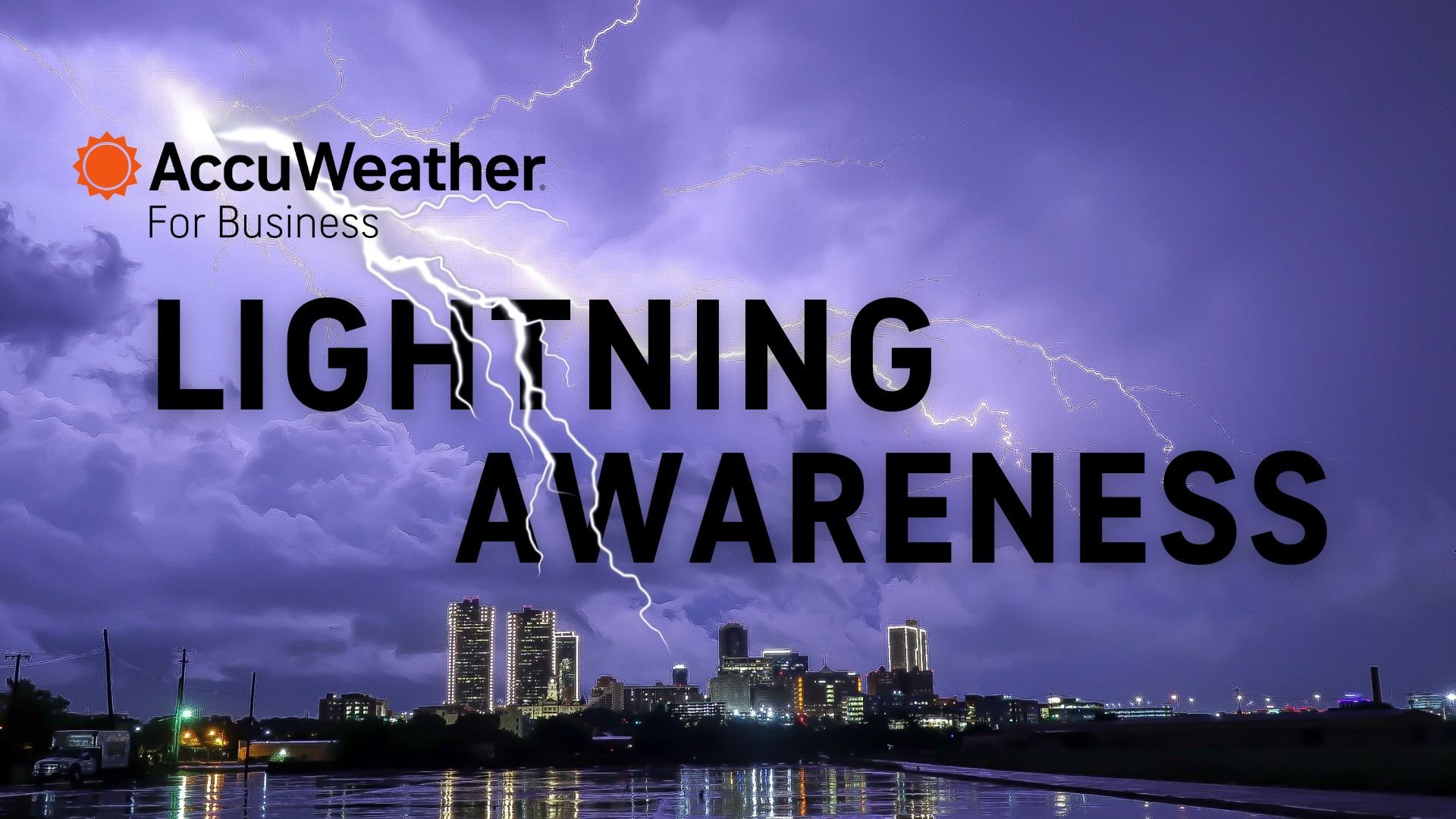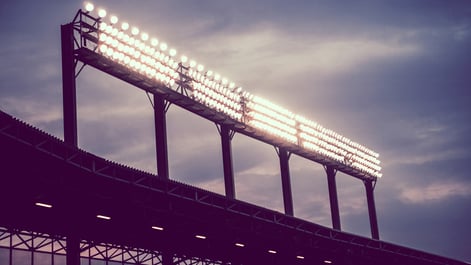⚡Lightning 101: Separating Fact from Fiction and Its Impact on Businesses

Summary
Lightning can strike anywhere at any time. We’re looking at common misconceptions about lightning and how your business can be better prepared.
Key Highlights
Uncover if lightning can strike the same place multiple times
Find out if you need to take lightning precautions for your employees working indoors
Discover if rubber tires protect vehicles from lightning strikes
Lightning is a stunning display of raw power that can have devastating impacts on your business. Ensuring you understand lightning facts is crucial for safety, productivity, and overall preparedness. Let’s separate the facts from fiction about lightning.
Fiction: Lightning never strikes the same place twice.
Fact: Contrary to this popular belief, lightning can and does strike the same place multiple times. Prominent examples include tall structures, such as skyscrapers or broadcast towers, which are attractive targets due to their height and conductivity. In fact, According to data compiled by the Finland-based company Vaisala, the Willis Tower in Chicago was hit with 250 lightning strikes between 2015 and 2020.
Fiction: Lightning cannot strike indoors.
Fact: While indoors offers some protection, lightning can still enter buildings through various means, including telephone lines, electrical wiring, or metal pipes. Staying away from windows, doors, and plumbing during a thunderstorm is essential.
Fiction: Rubber tires protect vehicles from lightning strikes.
Fact: It is a common misconception that rubber tires shield vehicles from lightning strikes. The metal framework of a car acts as a Faraday cage, directing the electrical current around the occupants and safely into the ground.
Fiction: Lightning is not a significant risk to employees working outdoors.
Fact: Lightning poses a significant risk to employees working outdoors, especially in industries such as construction, agriculture, and utilities. Understanding the threat and implementing safety protocols can minimize the chances of lightning-related injuries or fatalities.
Fiction: Lightning strikes do not cause significant damage to buildings and infrastructure.
Fact: Lightning strikes can cause devastating damage to buildings, infrastructure, and sensitive electronic equipment. Surge protection systems and lightning rods can help safeguard assets and minimize the risk of costly disruptions.
>>READ MORE: Lightning Strike Sparks Chemical Tank Fire, Highlights Need for Businesses to Better Prepare for Severe Weather
AccuWeather For Business: Empowering Lightning Preparedness
AccuWeather For Business provides innovative solutions, including AccuWeather’s SkyGuard® Warnings, to ensure businesses stay ahead of the storm and protect their employees. SkyGuard leverages advanced technologies and real-time data to provide accurate and reliable lightning detection and warning services.
AccuWeather For Business lightning warnings will give you a competitive advantage because of our minutes, not miles, approach. You don't have to sacrifice safety for outdoor productivity. This means more timely shutdowns to maximize productivity. Each notification's “start time” is when AccuWeather meteorologists forecast the hazard to meet your threshold, depending on how fast the storm moves. For example, AccuWeather will alert you when a storm capable of producing lightning moving at 20 mph will impact your location in 30 minutes.
AccuWeather For Business clients using SkyGuard gain access to timely alerts, forecasts, and customizable risk management tools that help them make informed decisions and maintain business continuity.
Is your business ready when lightning strikes? Talk to one of our experts to ensure you are prepared to keep your business and employees safe. Demo SkyGuard today.







